
SLAM
@movinganimals
Swansea Laboratory for Animal Movement, that's all animals! With Rory Wilson, Mark Holton, Phil Hopkins, Emily Shepard & Co.
ID: 2603020435
http://www.swansea.ac.uk/biosci/researchgroups/slam/ 04-07-2014 07:33:19
405 Tweet
1,1K Takipçi
290 Takip Edilen

Looking for experience in conservation? Skomer is recruiting the 2019 long term volunteers. Early season vols helping with seabird monitoring and late season vols getting involved with seal pup monitoring. Deadline 25/01/19, see website for details welshwildlife.org/jobs/skomer-is… WildlifeTrustSWWales 🦡🐬


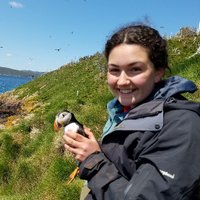


One of our current pro-VCs Hilary Lappin-Scott also on bluesky unveiling a picture of Prof. Florence Mockeridge, our first female pro-VC back in 1932. Nice to know women have had a strong hand in shaping STEMM Swansea University for almost 100 years
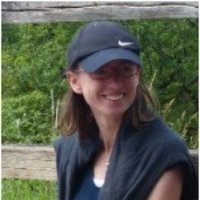
Our @elife ms on auk landings is out doi.org/10.7554/eLife.…! It brings together airflow modelling round @Skomer_island by Andrew Ross & Moving animals, probabilistic models from Andy Neate @swanseaUni & data from @Emma_Owl_Cole 's MRes Biosciences, Swansea University. European Research Council (ERC) #ornithology


2/3. We assess the ability of auks to land at cliff nests & show birds cannot land in strong winds, most likely as wind reduces flight control. Runway size also matters; bigger ledges have more airspace for manoeuvring & better chances of landing. #ornithology BES Movement Ecology


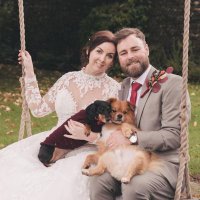
Our Methods in Ecology and Evolution paper is out today! We use #ComputationalFluidDynamics (#CFD) to design & position #biologging devices for minimal #drag, & provide a step-by-step guide for ecologists. Interdisciplinary collaboration w/SLAM & @ZienkiewiczCtr besjournals.onlinelibrary.wiley.com/doi/10.1111/20…
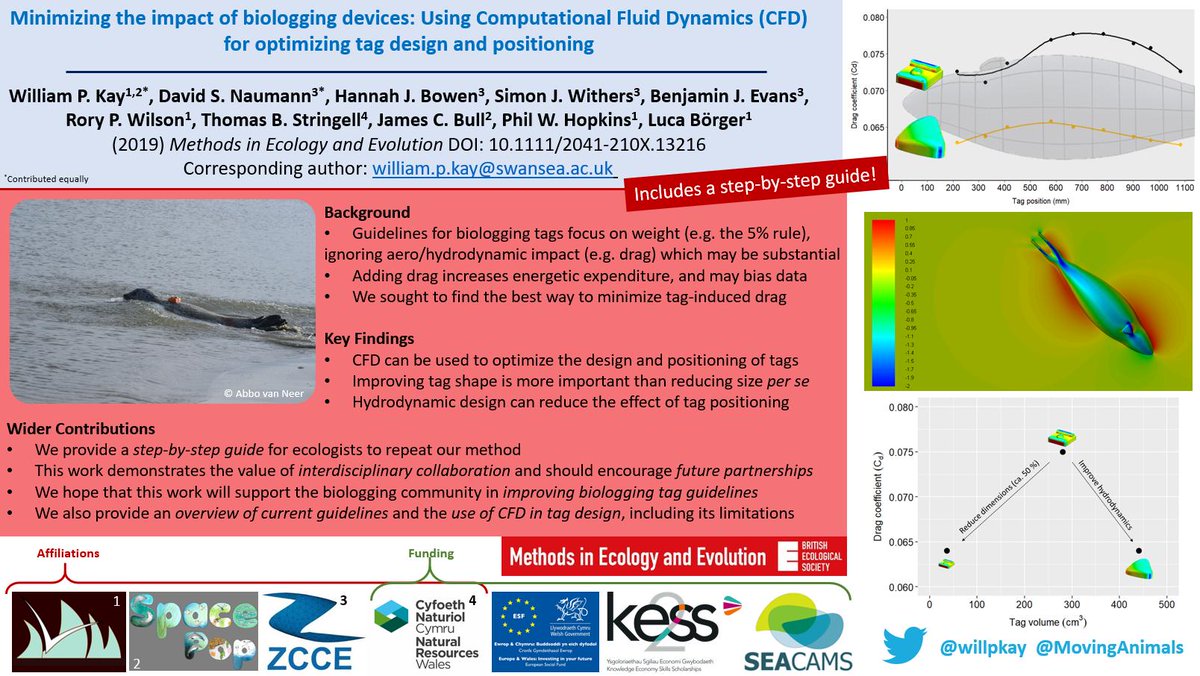

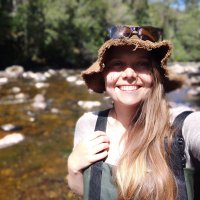
Do wild animals care about slipping, tripping, falling, and other locomotor accidents? Our new ideas & perspectives piece in Ecology Letters discusses when and why the answer is "yes" doi.org/10.1111/ele.13… Jessie Buettel Barry Brook D.E.E.P. Group SLAM 1/11









